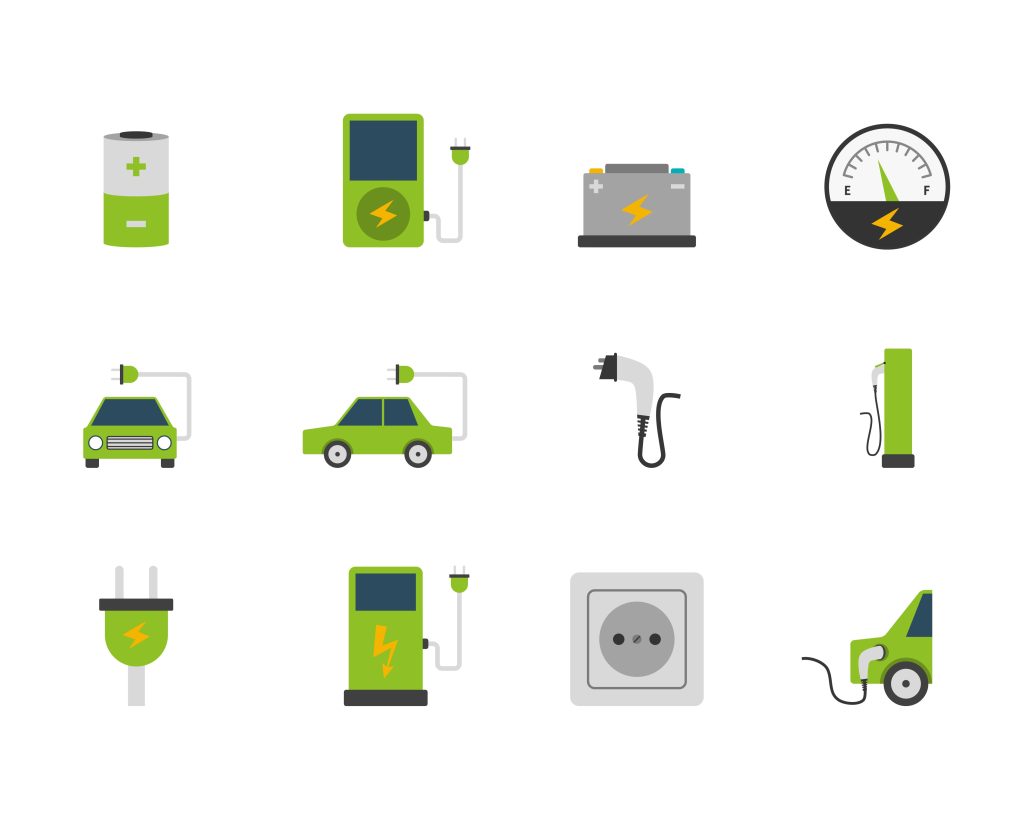According to the new British Energy Security Strategy, £4 billion has already been invested into the UK zero emissions vehicle sector and two new gigafactories are being built. By 2030, the UK will be banning sales of new internal combustion engine (ICE) cars and hybrids by 2035. However, supply chain issues and unreliable public charging infrastructure are still holding back the wider rollout of battery electric vehicles (BEVs) and straining progress in decarbonising personal transport.
March 2022 saw the highest number of registrations for new BEVs in a single month at 39,315 units, with 78.7% growth on last year. Impressively, this means that more new BEVs were registered in this one month than during the whole of 2019. Despite a small decline in the registration of new plug-in hybrid vehicles, all types of electric vehicle accounted for more than a third of new car registrations.
Conversely, the ICE vehicle market is still recording a decline in new registrations and the weakest March figures since 1998. Despite a recovery of the car manufacturing market since COVID, supply chain shortages have prevailed, particularly with semiconductor chips. These impacts are global and have been impacting supply and demand across a number of sectors, including computing.
UK supply chains
Many new electric vehicle buyers have reported waiting up to a year for delivery of some models. This has been due to a mixture of unattainable demand for newer BEV models, some component factories located in Ukraine, and supply constraints estimated to last until the end of this year.
As in most industries post-Brexit, the UK car industry is hoping to gradually decrease the amount of parts imported and reduce reliance on international supply chains, particularly for electric vehicles as much of the market is dominated by Asian suppliers. There is currently a focus on manufacturing battery cells locally, with plans for two new battery plants anticipated to meet the demand required by 2030. However, industry groups have recommended that this alone will not boost local supply, or the automotive economy, and the UK should explore the production of cathode active materials. These can represent 40-50% of the cell cost, but the UK does not yet produce any cathode active materials, meaning any cells from UK plants cannot be considered to have originated from the UK.
Earlier this year, Glencore and Britishvolt announced a JV to build a circular supply chain for EV battery manufacturing in the UK, with the construction of a new battery recycling plant. Lithium-ion battery manufacturing scrap and second-life batteries will be supplied to the plant and reused at Britishvolt’s gigafactory. The long-term aim is for the plant to refine black mass into critical raw materials, providing a reliable and local source of materials.
Consumer anxiety
Despite over 30,000 public charging points being installed across the UK, many potential consumers hold concerns about accessibility to working or available chargers when they need. Less than 20% of the public chargers installed are rapid or ultra-rapid chargers, and this varies greatly depending on where you are in the country. There needs to be a more holistic strategy for developing this infrastructure ahead of the demand curve, with more fast chargers on main routes and on-street solutions in residential areas.
With social costs continuing to rise and the increasing pressure to decarbonise, the UK government will undoubtedly need to ramp up support in the sector to sustain growth and ensure one in every three cars is electric by 2030. However, with grants for BEVs anticipated to remain into next year, able-to-pay consumers can benefit sooner if they decide to invest now.
Have supply chain issues been impacting growth in your sector, and what opportunities have been presented to resolve this and achieve wider environmental and economic benefits?

